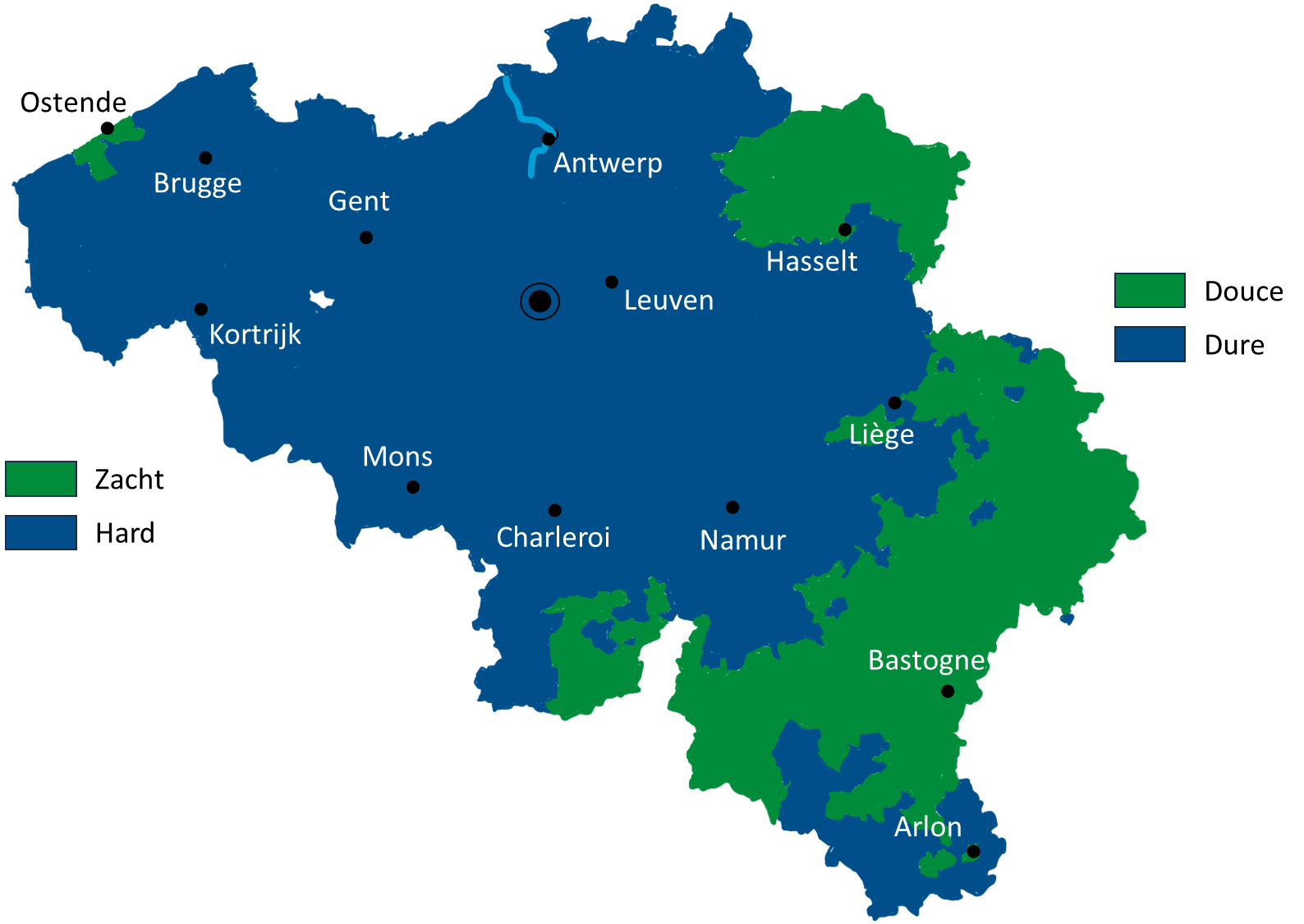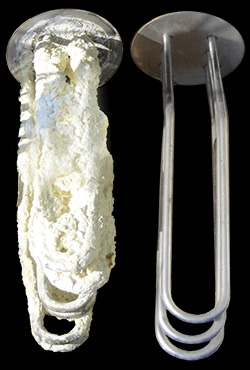Your water is essential to life,
Its composition can vary, and limestone is a common component in some regions. Understanding the implications of limescale in water is crucial to ensuring healthy living in your home.
On this page, we’ll explore why limescale is present, its impact on water quality, and how CO2 softeners can be the ideal solution.
Why limescale in water?
Limestone comes mainly from soils through which water flows. As it flows through limestone, it dissolves minerals such as calcium and magnesium carbonate along the way to its source. These minerals then find their way into the tap water, creating the phenomenon of limescale.
Water quality
The presence of limescale does not automatically mean a deterioration in quality. These minerals, although good for health, can nevertheless cause problems in everyday household life.
The measurement of limescale in water is generally expressed in French degrees (°F) or milligrams per liter (mg/L). Both methods assess hardness.


Problems related to limescale in water
Limescale can build up in pipes, appliances and faucets, reducing their efficiency. In addition, limescale residues on surfaces can make cleaning more difficult.
At what level does limescale become a problem?
The effects of limescale depend on the hardness of the water, measured in French degrees (°F). Above 15°F, the water is hard and the consequences for household appliances and plumbing become more significant.
Direct and indirect costs
Limescale-related costs can be direct, such as repairs to damaged appliances, or indirect, such as increased energy consumption due to reduced appliance efficiency. For an average 4-person household, these costs can amount to several hundred euros a year.
Problems related to limescale in water
Limescale can build up in pipes, appliances and faucets, reducing their efficiency. In addition, limescale residues on surfaces can make cleaning more difficult.
At what level does limescale become a problem?
The effects of limescale depend on the hardness of the water, measured in French degrees (°F). Above 15°F, the water is hard and the consequences for household appliances and plumbing become more significant.
Direct and indirect costs
Limescale-related costs can be direct, such as repairs to damaged appliances, or indirect, such as increased energy consumption due to reduced appliance efficiency. For an average 4-person household, these costs can amount to several hundred euros a year.
Sustainable solutions: CO2 softeners
Understanding the implications of limescale in water is essential to preserving the quality of your home and increasing your comfort. Opting for sustainable solutions, such as CO2 softeners, can guarantee a more pleasant and economical everyday life. Take a look at our FAQs to find out more about this crucial topic for your domestic well-being.
CO2 softeners offer an ecological and economical solution by reducing water hardness without the need for aggressive chemicals. They preserve water quality while limiting the costs associated with limescale problems.
